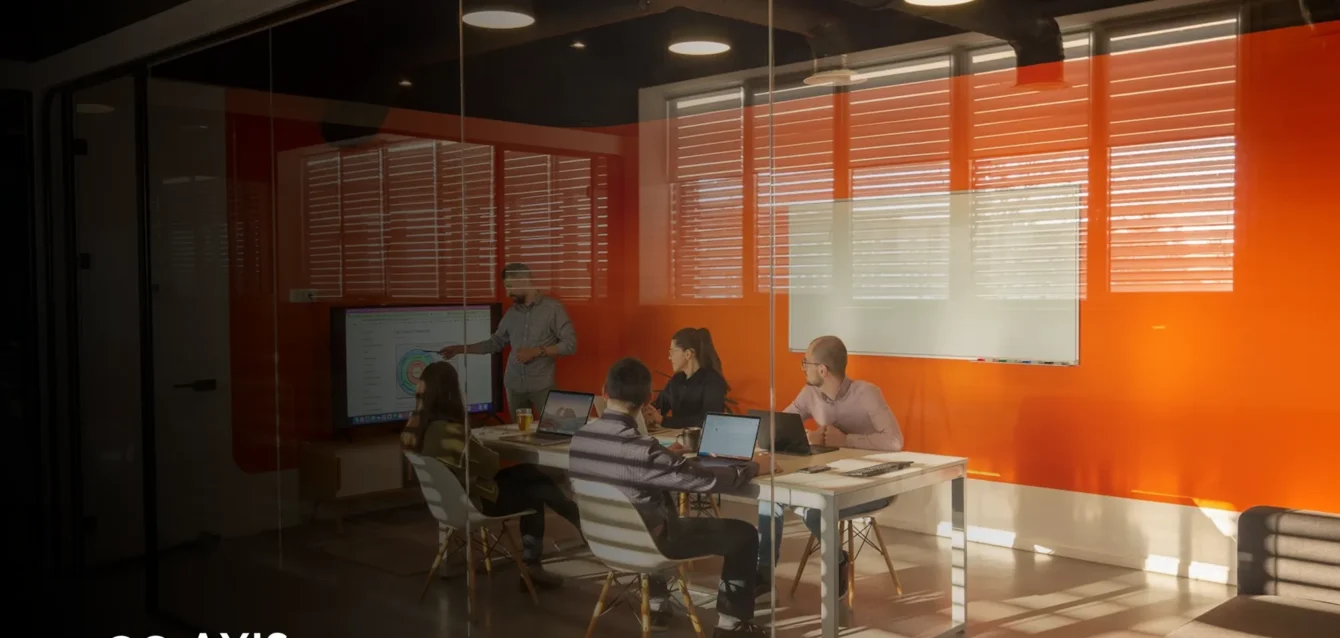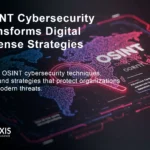Project managers juggle timelines, teams, and budgets, but their responsibilities don’t end there — they also need to keep cybersecurity in mind. In a company where data flows between tools, people, and even borders, guarding sensitive information is a crucial part of leading a successful project.
Sounds cumbersome? With the right tools and the clear plan on your hands, keeping your clients and company safe is easier than it seems.
Understand the Data You’re Handling
You must understand what type of project data you’re dealing with before proceeding. Start by cataloguing all data you’re handling by client records, financial information, internal documentation, or contracts with vendors.
Before providing access rights, determine how sensitive each dataset is. The more aware you are, the better you can prioritize your security efforts.
Use a Virtual Private Network
With many teams working remotely or across multiple locations, secure communication is a must. A virtual private network (VPN) encrypts your internet connection and masks your IP address. It allows project teams to collaborate without exposing data to potential cyber threats.For example, if you need to share files or access internal platforms from a coffee shop, a VPN helps to keep your information private and secure. These situations are exactly what is a VPN used for, and every business should take advantage of this technology, even when doing basic meetings.
Control Access With Role-Based Permissions
Too often, access to sensitive data is granted broadly instead of being limited by role. Unrestricted sharing opens the door for unauthorized viewing, accidental changes, or even data leaks.
Make sure your project management tools allow role-based access control. Only give the permissions your team members require to do their job. Review and update permissions regularly, especially when new people join or leave the project.
Lock Down Communication Tools
From Slack messages to Zoom calls, every communication channel carries some risk. If they aren’t secured, hackers could intercept messages, listen in on meetings, or gain access through weak credentials.
Stick to the tools that offer end-to-end encryption and offer two-factor authentication. Teach your team to be cautious with file sharing and suspicious links, even on trusted platforms.
Conduct Regular Security Check-Ins
Cybersecurity isn’t just a box to check and forget. It has to stay as a part of your project workflow. Schedule quick monthly reviews to go over access logs, tool usage, and potential vulnerabilities.
Even 15 minutes a month can help you catch outdated permissions, recognize risky behaviour, or identify a better security solution. Make security reviews as routine as your timeline updates.
Train Your Team on Cyber Hygiene
A lot of data breaches happen because some employee clicked a sketchy link or used a weak password. That’s why cybersecurity training is critical.
Conduct short, practical sessions on spotting phishing attempts, creating strong passwords, and safe remote work habits. You want your team to feel empowered, not overwhelmed.
Choose Tools and Vendors You Can Trust
Don’t assume your software or cloud tools are secure. Before using any platform to manage your project, check that it complies with data protection standards relevant to your industry.
During your work with external vendors, you must inquire about their system protection measures. Ask them if they encrypt all sensitive data.
Plan for the Worst With Incident Response
Upon a security breach, you should maintain composure rather than panic. What you need is to create an incident response plan. It has to outline the steps to take if the worst happens. The plan should include who needs to be notified, what systems to check, how to minimize damage, and how to restore operations.
This plan doesn’t have to be 20 pages long. A simple checklist that your team understands and can access is enough to respond quickly and confidently.
Keep Software and Devices Updated
Software updates may feel annoying, but they often include patches for newly discovered security flaws. Delaying updates leaves your project vulnerable to attacks that could have been prevented.
Set up auto-updates where possible, and remind your team to do the same. Maintain a list of tools your project relies on so you can ensure they’re all updated.
Review Data Retention and Disposal Policies
At the end of a project, it’s tempting to archive everything and move on. But storing unnecessary sensitive data can create a long-term risk.
Define what stays, what gets deleted, and who is responsible for proper disposal. Use secure tools for archiving data and remove user access to shared folders or accounts once the project is complete.
Watch for Shadow IT
Sometimes, team members install or use unapproved apps and tools to make their work easier without realizing the security risks. So-called “shadow IT,” can create vulnerabilities that are invisible to your organization until it’s too late.
Encourage transparency about tool usage and create an easy process for team members to request and get approval for new apps. The more visibility you have, the better you can manage its security.
Manage Shared Credentials Wisely
Project teams occasionally need shared access to platforms. However, sharing passwords through emails and chat apps creates serious security threats. Your entire system will become exposed if just one of the shared messages gets intercepted by a third party or sent to an unintended recipient.
Organizations should use secure password managers designed specifically to manage team’s requirements. A password manager allows you to store shared credentials in a protected vault. It also helps to update passwords easily when team members change. This tool can significantly reduce the chances of a security breach while keeping your team productive.
What’s Next in Secure Project Management?
Cybersecurity might seem like a technical task, but at its core, it’s about protecting your people and your progress. As a project manager, you set the tone for how seriously your team treats data protection.
By following these golden rules, you create a safer environment for collaboration and innovation. Your team will feel safe knowing their project manager cares about their cybersecurity and inspires them to do the same. You also need to stay informed on new and emerging threats so you’re always one step ahead of hackers.





